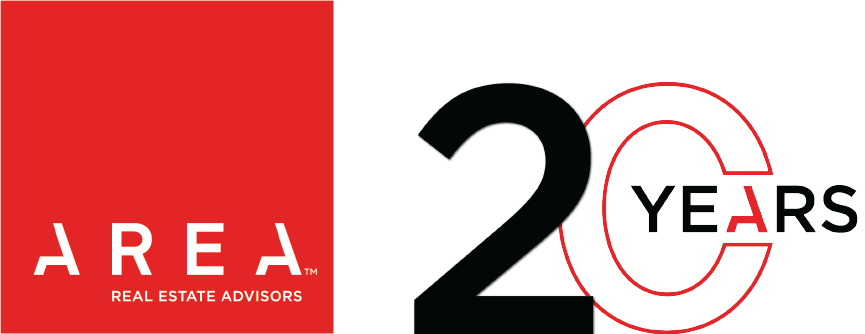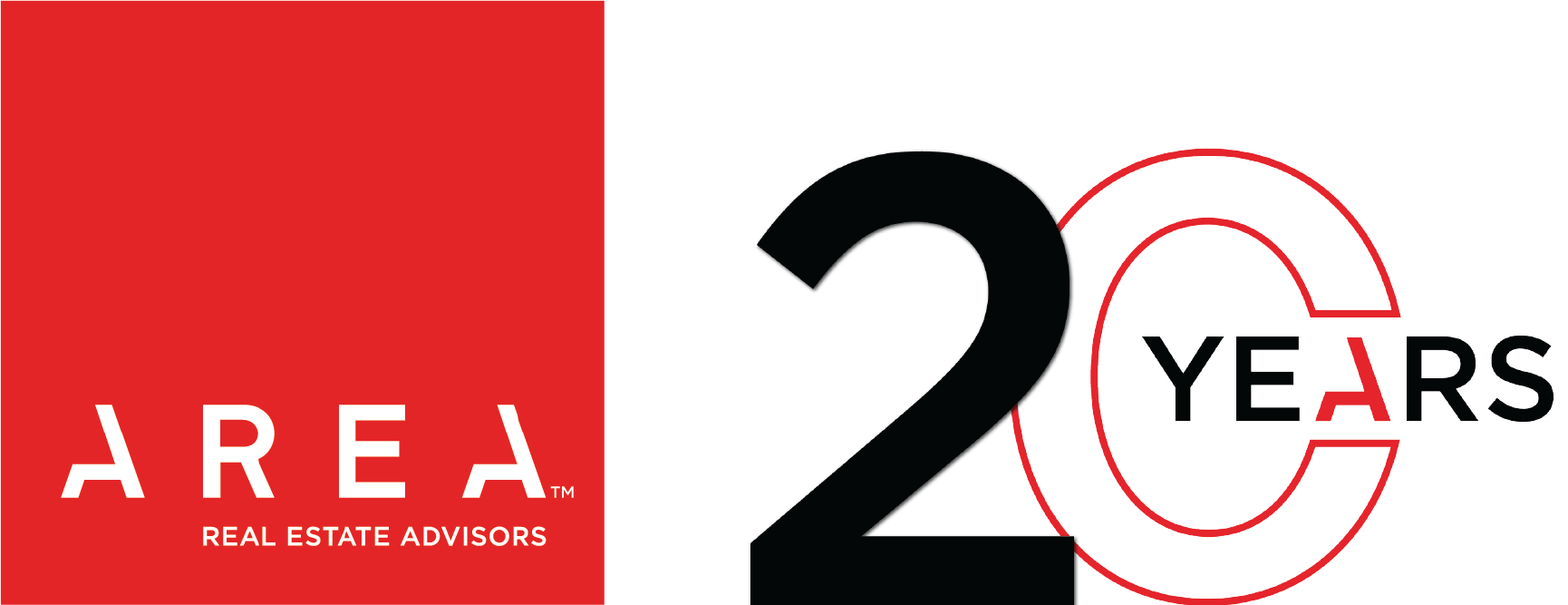By Grant Kollman – Vice President, Director of Multi-Family
If one thing has become increasingly clear to me in recent months, it’s that millennials and baby boomers have quite a few things in common.
Both generational sets are renting apartments in higher numbers and for longer duration than ever before. Whether starting a career or empty nesting, both are seeking a lifestyle that offers convenience, and community in Kansas City and across the country.
In fact, a recent cnbc.com article supports this saying that from 2009 to 2015, the number of renters 55 and up increased by 28 percent, while those 34 or younger only increased 3 percent. The same report said that more than 5 million baby boomers across the nation are expected to rent their next home by 2020.
So while renting was previously considered to be a stepping stone to home-ownership; in terms of investment, commercial property owners should be prepared to answer the needs of America’s two largest generations. What are those needs? Amenities, including cost savings, flexibility, location, and maintenance-free living.
For Millennials in the process of building their careers, the ability to relocate is a significant factor. We are seeing that if they are in a financial position to purchase a home, they may rent to have more flexibility to take advantage of new job opportunities or transplant themselves to experience a different city.
Likewise, empty nesters are ready to give up home maintenance tasks, including yard work and repair, so renting can be an appealing solution. If something goes wrong, all they have to do is pick up the phone, and the property manager will take care of it. Young professionals who don’t have the time or desire to address these issues are also looking to have a landlord to handle their leaky pipes or broken fridge.
Shared amenities are also high on the list of things both millennials, and boomers are looking for. From movie theaters to gyms, it seems both groups are enticed by more than the square footage of their potential apartments.
In Kansas City and beyond, this trend shows no sign of slowing down. These two broad groups will continue to value the wants and needs that that will allow them the mobility and flexibility to keep moving.



